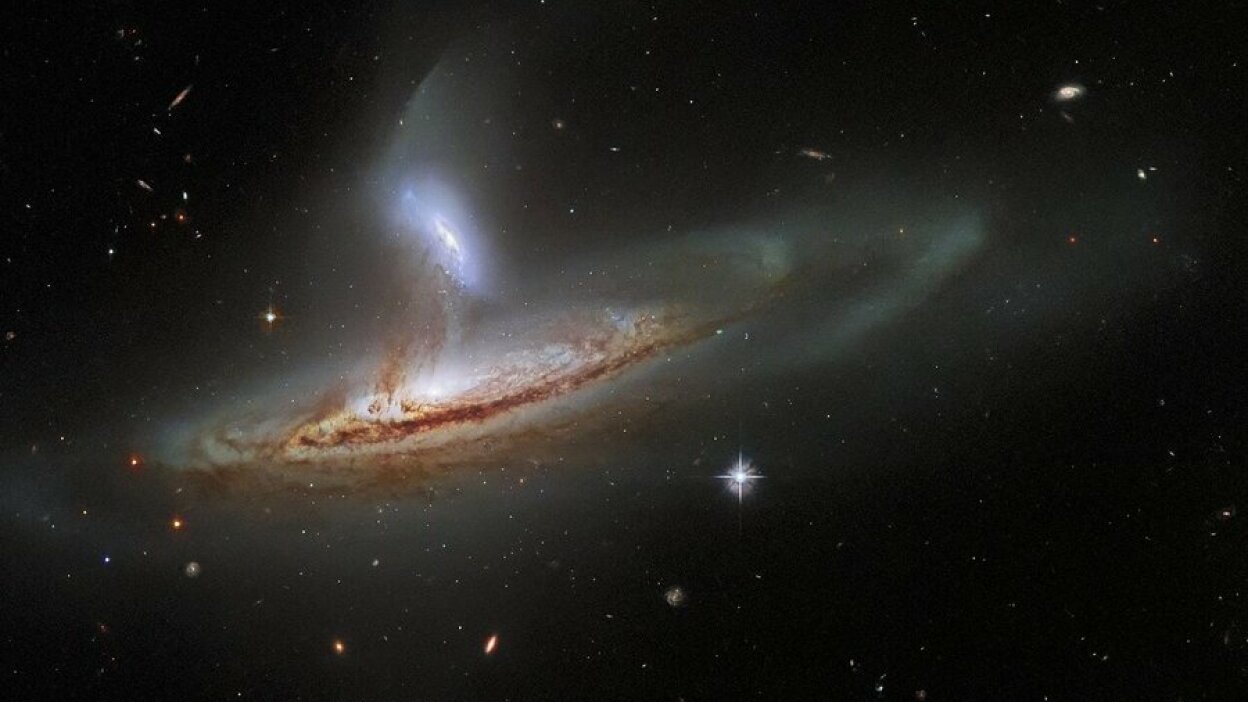While the image above may not look immediately spectacular to you, the scale of what it captures is virtually incomprehensible. This snapshot of the mythical Hubble telescope, which is of course operated by NASA in association with the European Space Agency (ESA), succeeded in offering us the portrait of a large galaxy (NGC 169) moving cosmic matter away from a smaller galaxy ( IC 1559).
The larger galaxy, with more mass, pulls on the smaller galaxy. In such interactions, “gas, dust, and even entire solar systems will be swept from one galaxy to another.” explained the ESA.
“As common as these interactions are thought to be in the Universe, it’s rare to capture an image of two galaxies interacting in such visibly dynamic ways,” the space agency said.
RELATED: A new film studio will be launched in space by 2024
The event in the photo is happening in a galaxy two hundred million light years away, thanks to the extraordinary technology behind the Hubble Telescope. We can actually see the process described earlier mid-action in the image, with delicate streams of matter connecting the two galaxies having visibly formed.
While this may seem a little out of place to you, an individual reading this from a comfortable distance from the aftermath of this image, this phenomenon is not limited to NGC 169 and IC 1559. In fact, our own galaxy of the Way Milky Way should eventually have an intense galactic interaction of its own. In about 4 billion years, NASA expects the Milky Way to inevitably collide with the larger Andromeda galaxy, resulting in a great merger which produces a single large galaxy.
This, again, will have no impact on you – or even humanity at all, for that matter. That being said, it is images like this that simultaneously remind us of the capabilities of the human race to produce such awesome technology, but how small we are compared to the sovereign powers of the universe.

